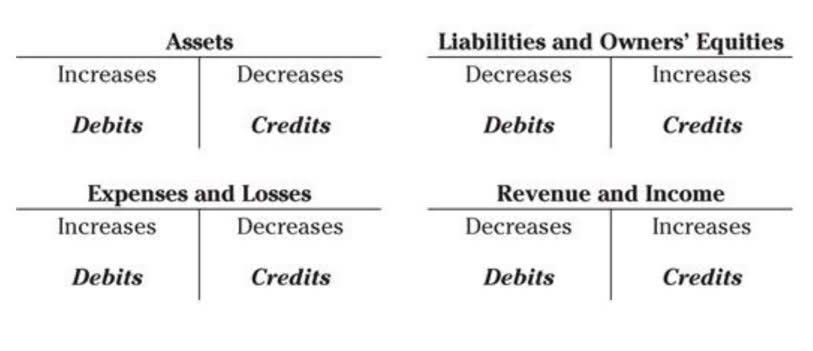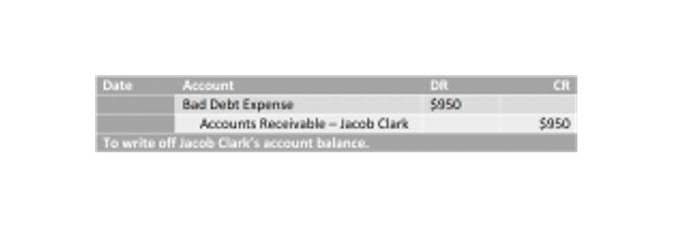
If the change in working capital is positive, then you have more assets than liabilities. Change in working capital is the change in the net working capital of the company from one accounting period to the next. This will happen when either current assets or current liabilities increase or decrease in value.
- Looking at FCF is also helpful for potential shareholders or lenders who want to evaluate how likely it is that the company will be able to pay its expected dividends or interest.
- Monitoring changes can also help you make informed decisions with the ability to react quickly to financial challenges.
- Net working capital calculation and management are extremely important parts of overall business management.
- In the absence of further contextual details, negative net working capital (NWC) is not necessarily a concerning sign about the financial health of a company.
- Working capital tells you the level of assets your business has available to meet its short-term obligations at a given moment in time.
- Retailers must tie up large portions of their working capital in inventory as they prepare for future sales.
How to Calculate?
However, falling FCF trends, especially FCF trends that are very different compared with earnings and sales trends, indicate a higher likelihood of negative price performance in the future. By change in net working capital cash flow including working capital, free cash flow provides an insight that is missing from the income statement. Interest payments are excluded from the generally accepted definition of free cash flow.

What is Working Capital? Formula, Meaning, Types, and Examples

A positive NWC suggests you can fund operations and pay off short-term debts—leading to better liquidity, operation efficiency, and financial stability. Conversely, a negative NWC could signal financial distress, indicating potential problems in meeting short-term obligations. A company with positive working capital has more current assets than liabilities. This indicates good short-term financial health, allowing the company to invest and grow.
Leveraging Positive Net Working Capital
A company with positive working capital generally has the potential to invest in growth and expansion. But if current assets don’t exceed current liabilities, the company has negative working capital, and may face difficulties in growth, paying back creditors, or even avoiding bankruptcy. The definition of net working capital is that it is a financial metric that represents the difference between a company’s current assets and current liabilities. Net working capital is a crucial indicator of a company’s short-term financial health and operational efficiency. Positive net working capital demonstrates that a company can cover its short-term liabilities with its short-term assets, while negative net working capital can be evidence of potential liquidity problems. Working capital is calculated by taking a company’s current assets and deducting current liabilities.
- For instance, suppose a company’s accounts receivables (A/R) balance has increased YoY, while its accounts payable (A/P) balance has increased under the same time span.
- Advanced data science and machine learning techniques help organizations dynamically pivot to an effective combination of approaches and methodologies.
- A negative working capital situation occurs when current liabilities exceed current assets.
- A hybrid three-statement model allows companies to efficiently gain visibility and predictability to future cash positions through connected financial statements.
- Lenders will often look closely at a potential borrower’s working capital and change in working capital from quarter-to-quarter or year-to-year.
- The expense of the new equipment will be spread out over time via depreciation on the income statement, which evens out the impact on earnings.
Investing in Growth
Positive free cash flow doesn’t always correspond with other indicators used in technical analysis. A company with positive free cash flow can have dismal stock trends, and vice versa. Because of this, it is often most helpful to focus analysis on any trends visible over time rather than the absolute values of FCF, earnings, or revenue. Some investors prefer to use FCF or FCF per share rather than earnings or earnings per share (EPS) as a measure of profitability. This is because earnings and EPS remove non-cash items from the income statement. However, because FCF accounts for investments in property, plant, and equipment (PP&E), it can be lumpy and uneven over time.

Using hedging strategies to offset swings in cash flow can mitigate unexpected changes in working capital. However, there are some costs involved in these hedging transactions, which could affect cash flow. Change in net working capital refers to how a company’s net working capital fluctuates year-over-year. If your net working capital one year was $50,000 and the next year it was $75,000, you would have a positive net working capital change of $25,000. • External financing options include angel investors, small business grants, crowdfunding, and small business loans. Changes in working capital are often used by investors and lenders to assess the health and value of a business.
- For example, if a company has $100,000 in current assets and $30,000 in current liabilities, it has $70,000 of working capital.
- In this case, the retailer may draw on their revolver, tap other debt, or even be forced to liquidate assets.
- Cash flow looks at all income and expenses coming in and out of the company over a specified time period, providing you with the big picture of inflows and outflows.
- Wide swings from positive to negative working capital can offer clues about a company’s business practices.
- The Change in Working Capital tells you if the company’s Cash Flow is likely to be greater than or less than the company’s Net Income, and how much of a difference there will be.
- Let us understand the formula that shall act as a basis for us to understand the intricacies of the concept and its related factors.
It’s a commonly used measurement to gauge the short-term financial health and efficiency of an organization. Items affecting working capital include any changes in current assets and current liabilities. Current assets include cash (and cash equivalents), marketable securities, inventory, accounts receivable, and prepaid expenses.

Now that we unearned revenue understand the basics and the formula of the concept, let us understand how to calculate the changes in net working capital cash flow through the step-by-step explanation below. The amount of working capital needed varies by industry, company size, and risk profile. Industries with longer production cycles require higher working capital due to slower inventory turnover.
How Do You Calculate Working Capital?

There are two main approaches to calculating FCF, and choosing between them will likely depend on what financial information about a company is readily available. This example shall give us a practical outlook of the concept and its ebbs and flows. Our business is built on supporting relationships between people and organizations, relationships that extend across frontiers of all kinds—geographical, financial, industrial, and more. We are constantly aware that our work has an impact on the communities we serve and that we have a duty to help and support others.

